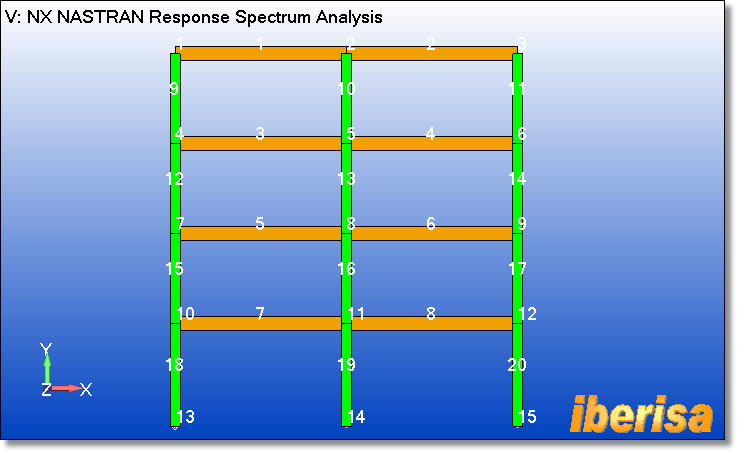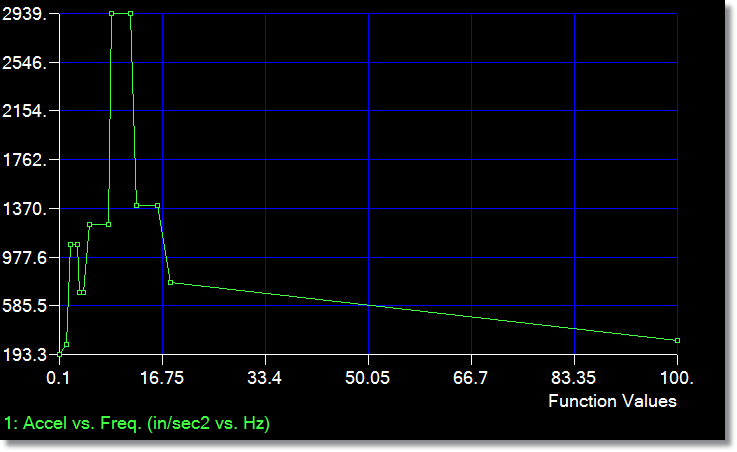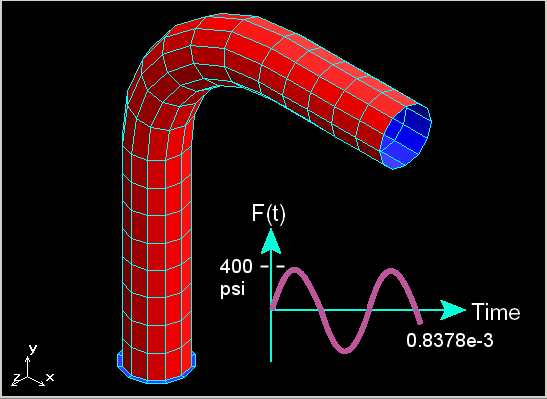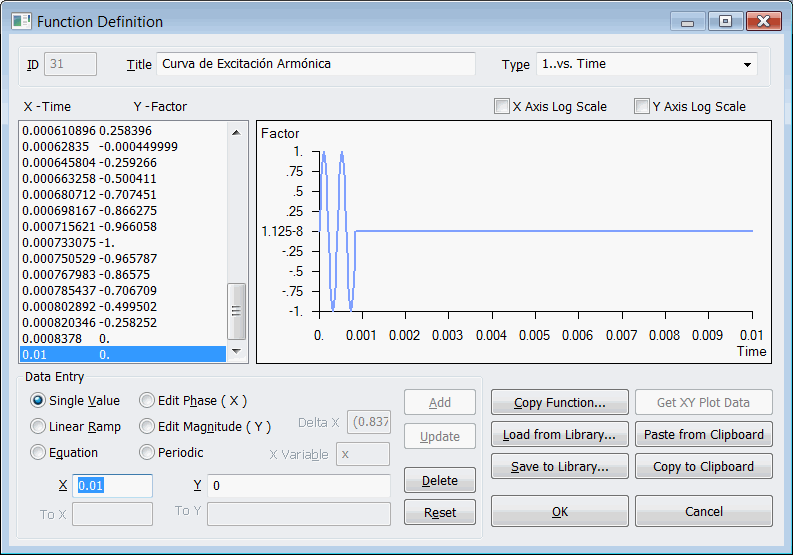Michael87
Mechanical
- Oct 11, 2013
- 2
Hello forum members
I have to do a shock analysis on a body housing, because the housing will be tested on a shaker.
This is the first time i have to do this.
So i have a body and i inserted a half sine acceleration on the mounting holes of this body to simulate the shaker test.
Now i have several questions:
Which Nastran solver i have to take? Is it the sol 111 or 103 repsonse simulation?
How can i enable the damping? The displacements are really high when i simulate the eigenvalues of the body.
Do i have to put a constraint on the body to fix it on the floor?
Thank you very much
PS: Please excuse my bad english
I have to do a shock analysis on a body housing, because the housing will be tested on a shaker.
This is the first time i have to do this.
So i have a body and i inserted a half sine acceleration on the mounting holes of this body to simulate the shaker test.
Now i have several questions:
Which Nastran solver i have to take? Is it the sol 111 or 103 repsonse simulation?
How can i enable the damping? The displacements are really high when i simulate the eigenvalues of the body.
Do i have to put a constraint on the body to fix it on the floor?
Thank you very much
PS: Please excuse my bad english






